Forming the Plunge line on you knife
The plunge line is that spot between the blade and the ricasso. The plunge line takes some practice and some experiment. Different belts make different plunge lines.
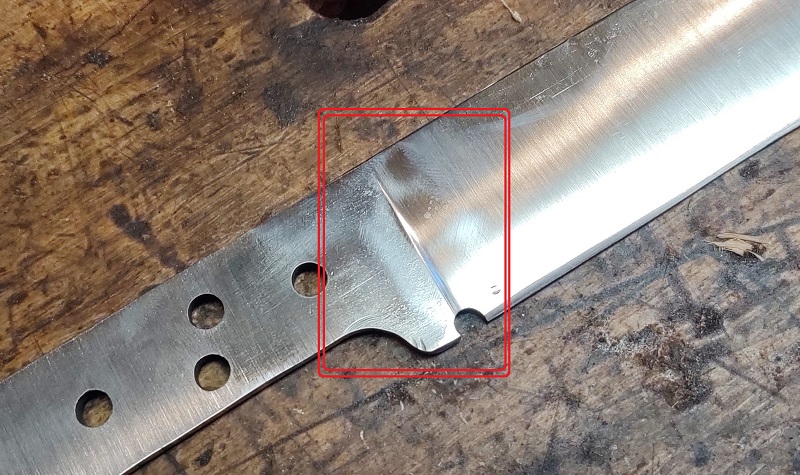
Whether you’re using a belt grinder or some other mechanism to grind or file, you simply need a way to start the cut at the same spot every time.
Some makers can do this by eye, some need to make a stop of sorts. This stop can be anything from a jig you have purchased to a c clamp. Two pieces of metal bolted together work wonderfully if you’re grinding by hand.
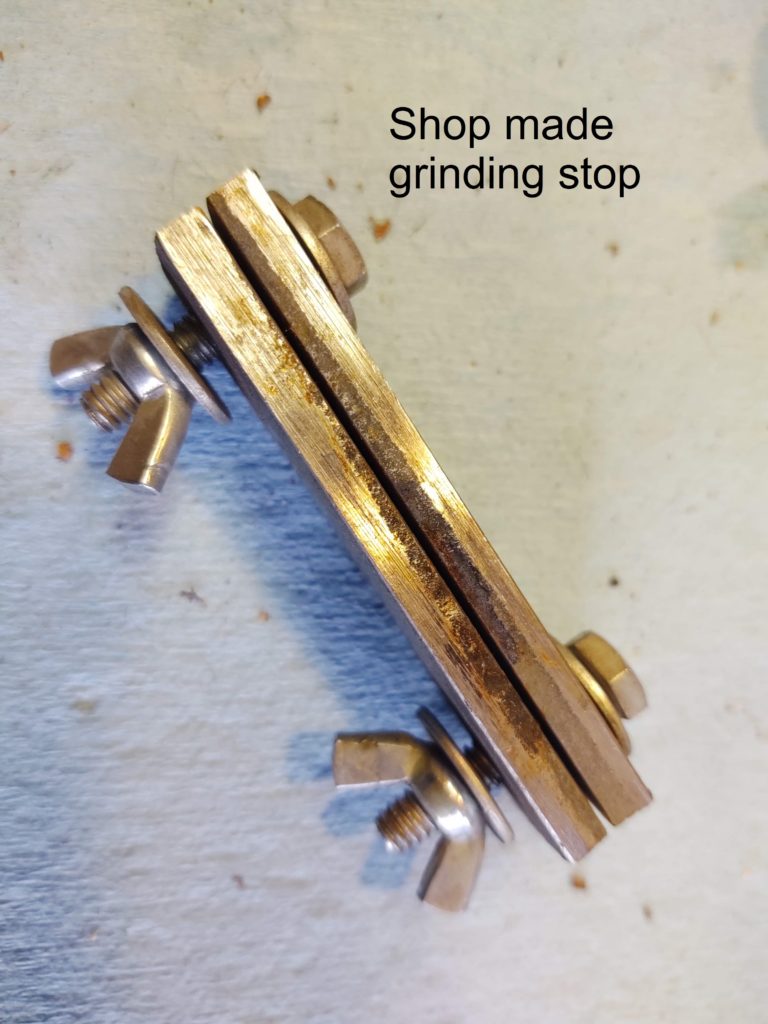
It must be even on both sides of the knife and shouldn’t interfere with the belt. If you’re using a file, just taking care to start on your mark will typically suffice.
If you’re using a belt grinder, hanging the belt off the edge of the platen gives a more subtle plunge line. No overhang gives a straight line. A stiffer belt give a hard solid plunge line, a softer more flexible belt give a slower sweeping plunge line. You will get different variations based on the belt grit, stiffness, how much it overhangs the platen and the angle of the knife. Experimenting is the only way to figure it out.
You can work this area if you don’t have a belt grinder with a piece of wood rounded on the edge with sandpaper. You can still use a stop to ensure starting in the same spot, just ensure you’re not putting pressure toward the stop or you will obviously wear in your stop,
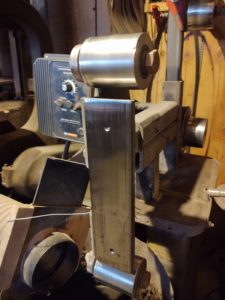
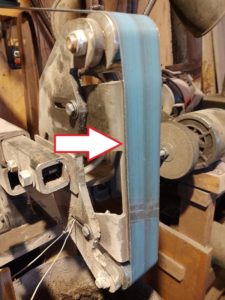

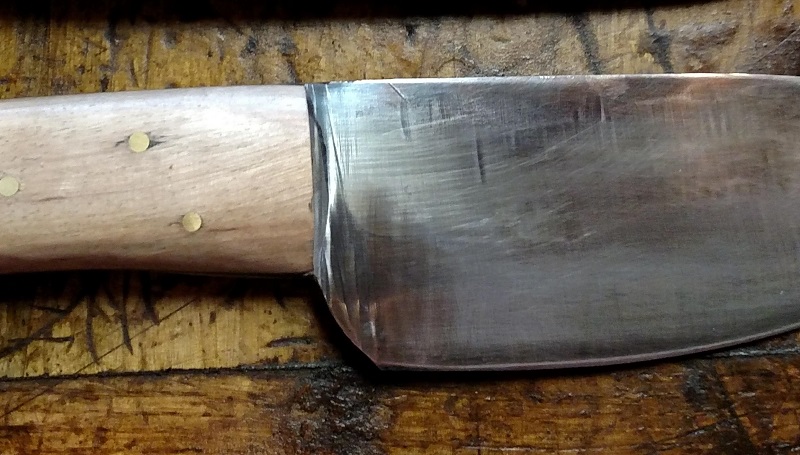
________________
As an Amazon associate, we earn income from qualifying purchases when you click on a link. Your link clicks help us fund our website.________________

[…] Plunge line is the line where the grind begins. It can be transitioned into the blade in a gentle, curved fashion, or it can be ground flat, thus creating a straight or 90° transition. […]